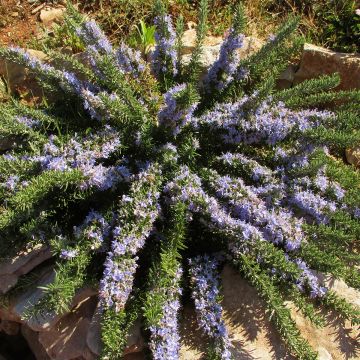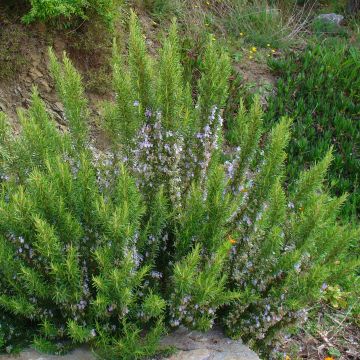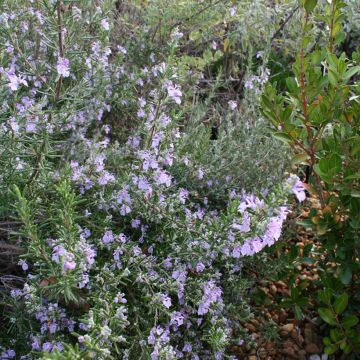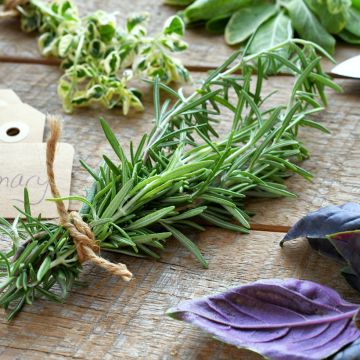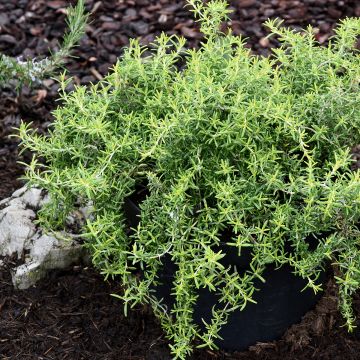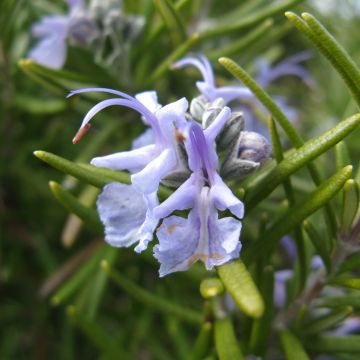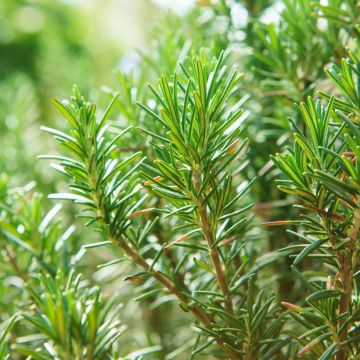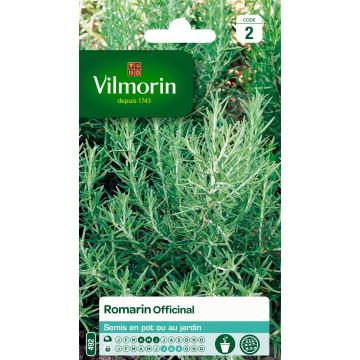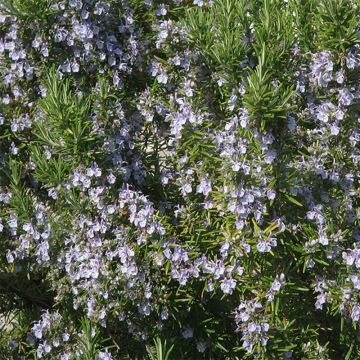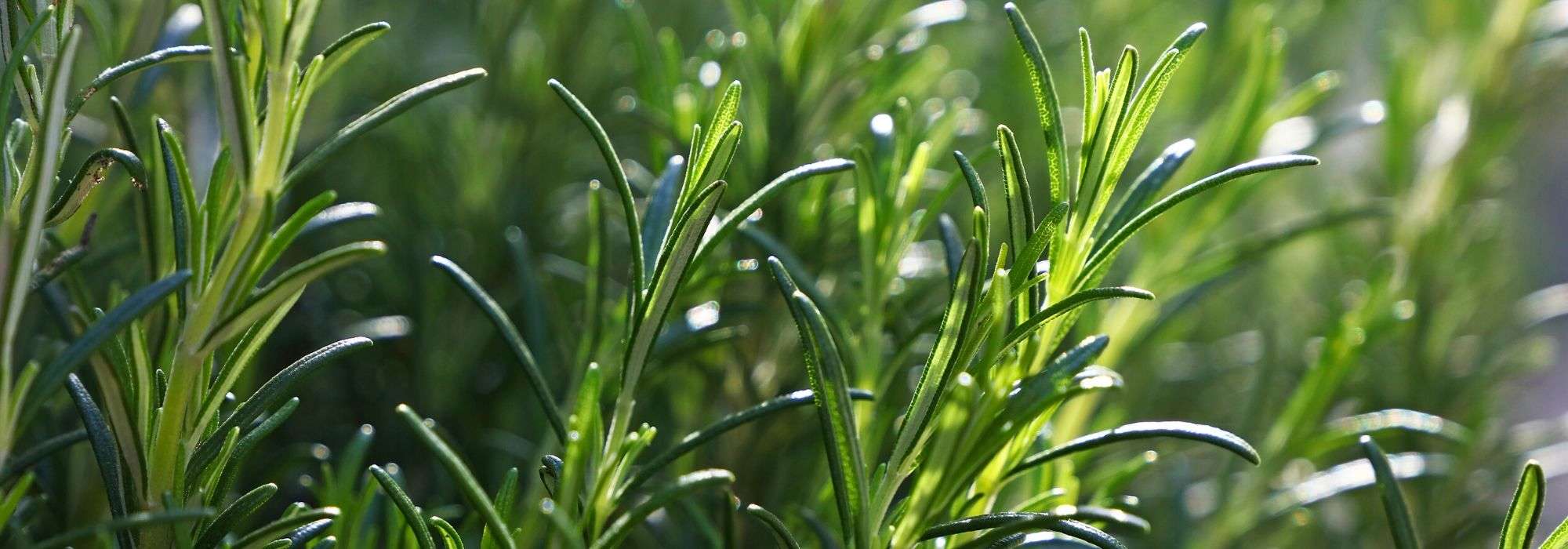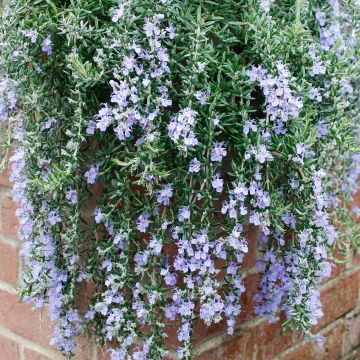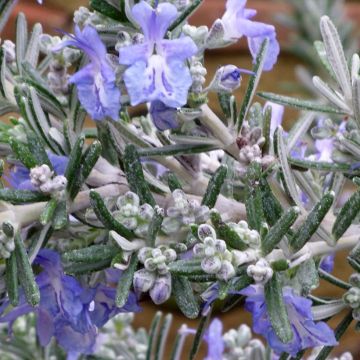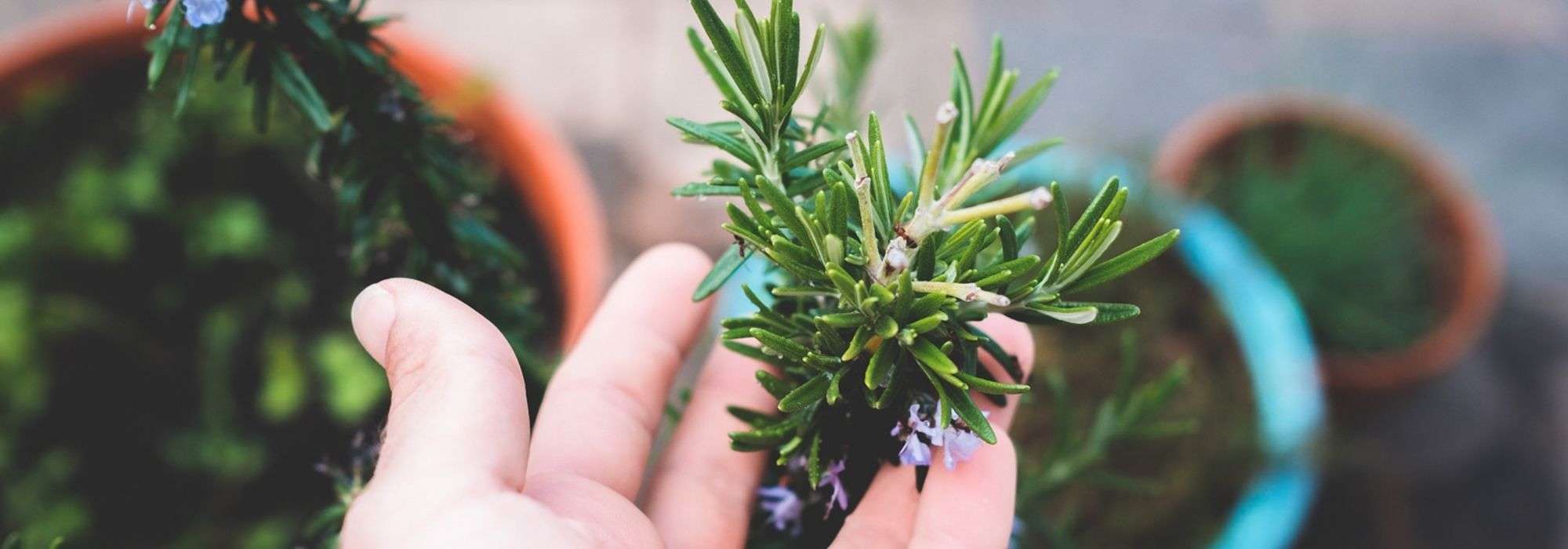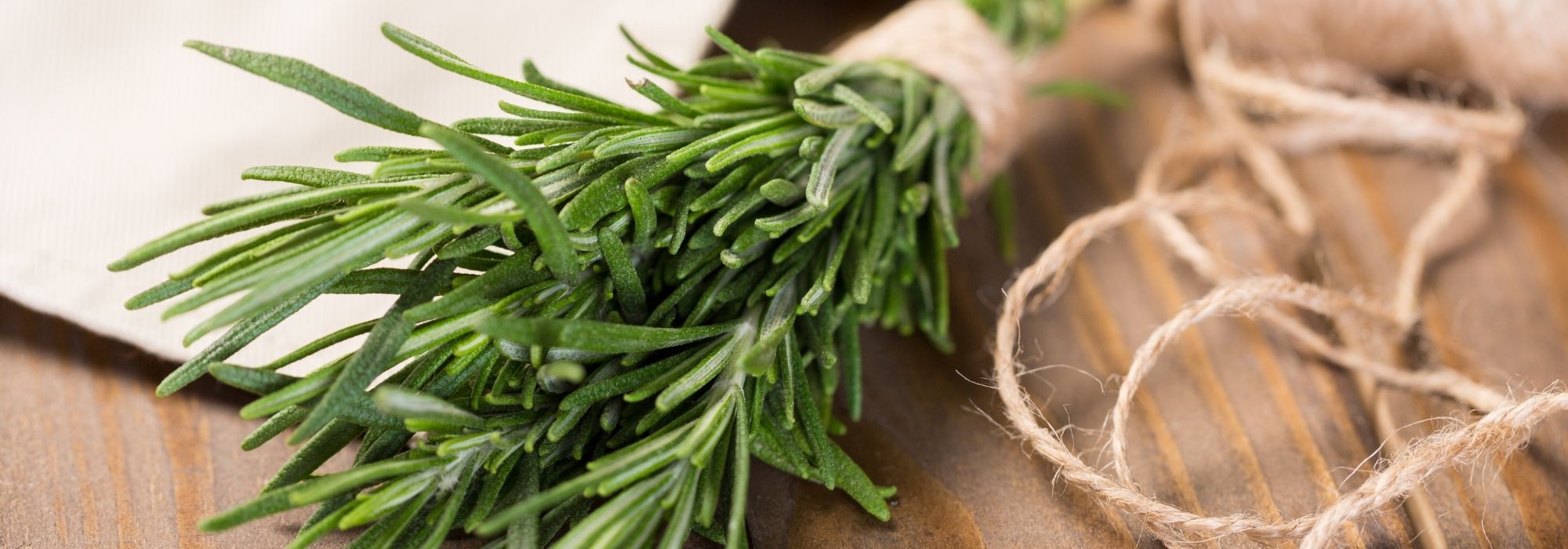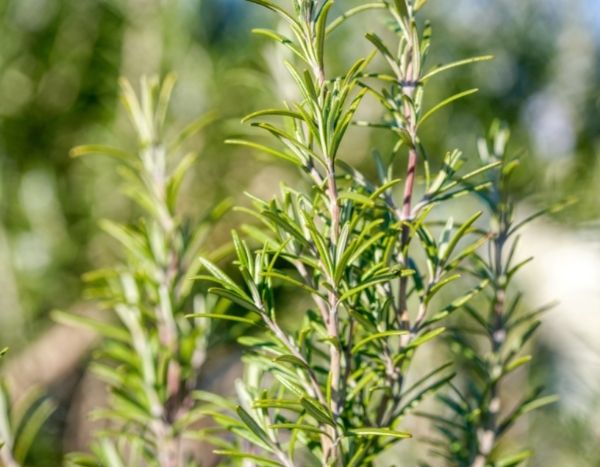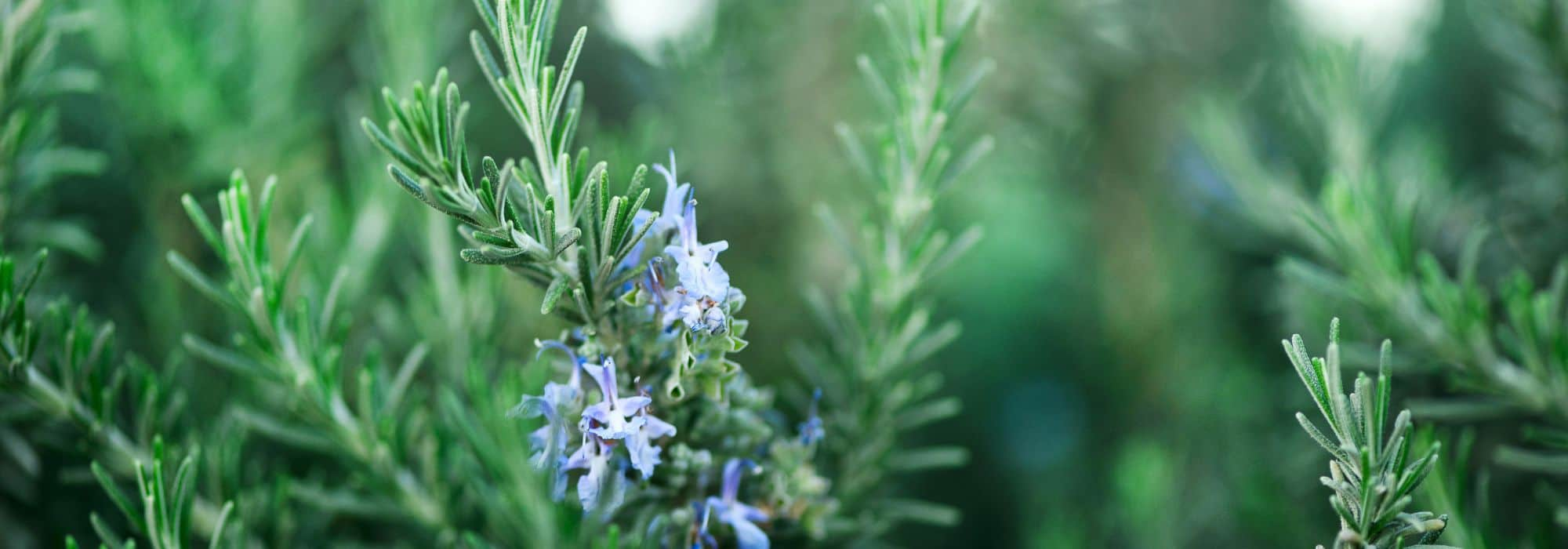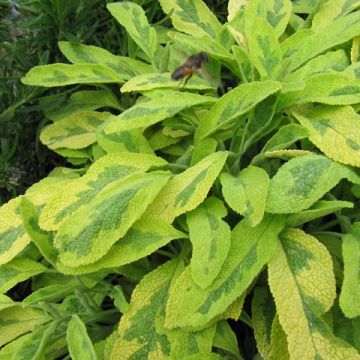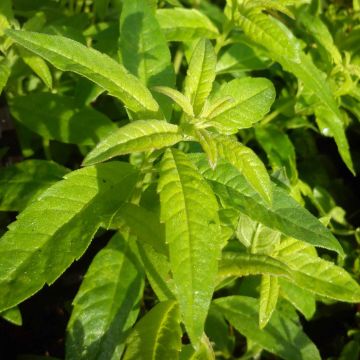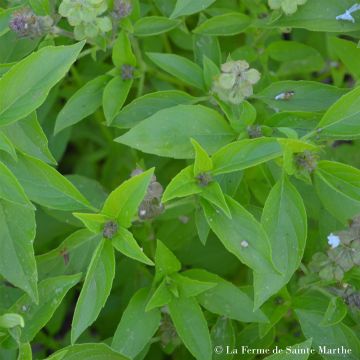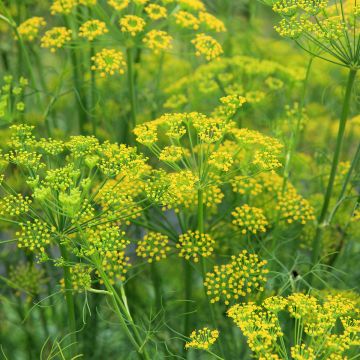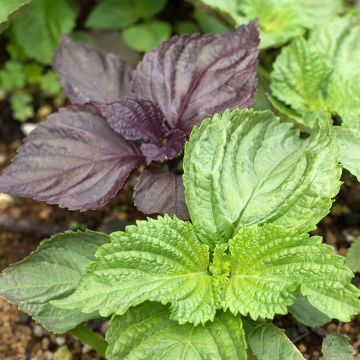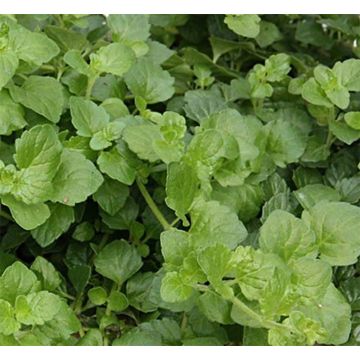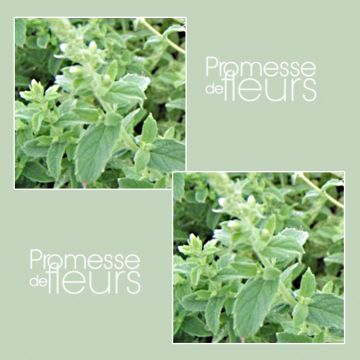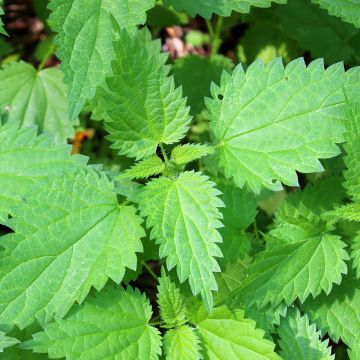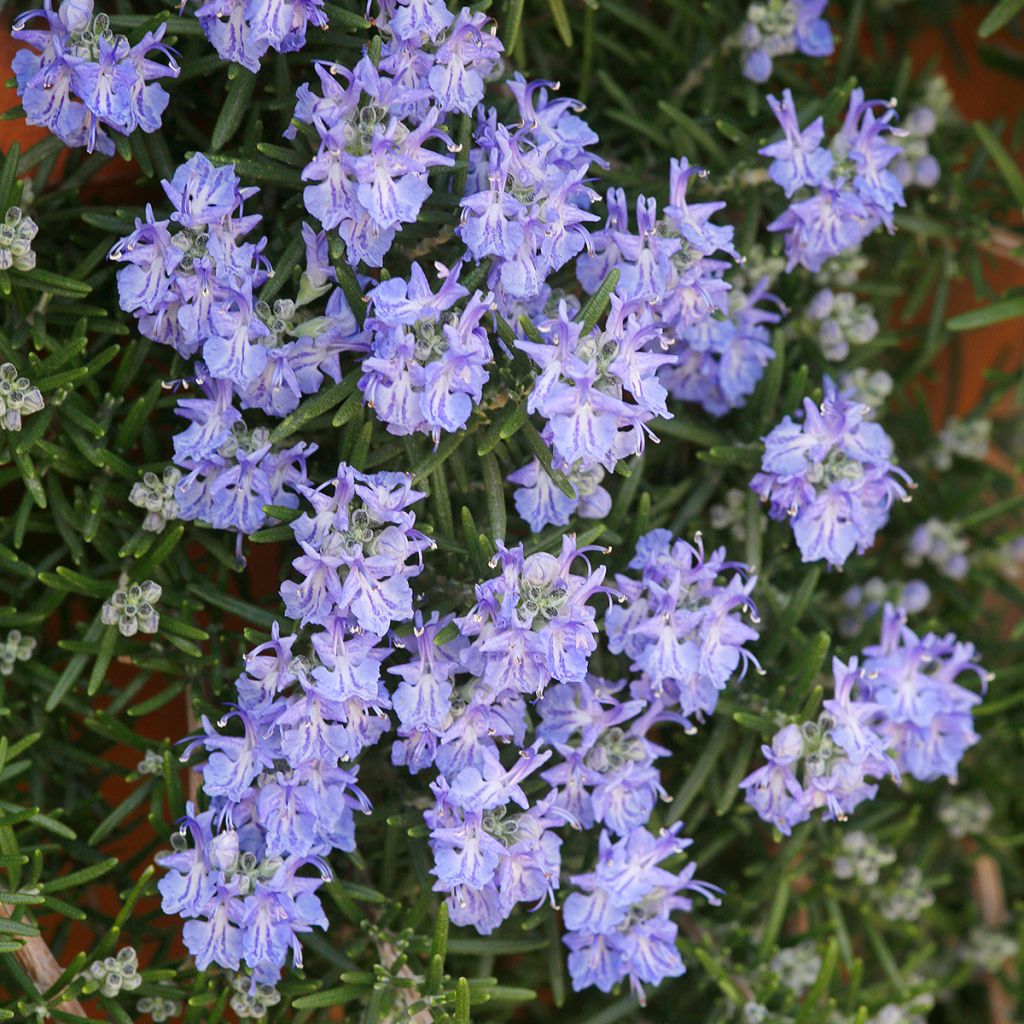

Rosmarinus officinalis Corsican Blue
Rosmarinus officinalis Corsican Blue
Rosmarinus officinalis Corsican Blue
Rosemary
The naked Rosmarinus officinalis I received seems healthy. Planted at the foot of a Nerium oleander, I am now waiting for it to take root... or not?
Thierry, 19/12/2023
Special offer!
Receive a €20 voucher for any order over €90 (excluding delivery costs, credit notes, and plastic-free options)!
1- Add your favorite plants to your cart.
2- Once you have reached €90, confirm your order (you can even choose the delivery date!).
3- As soon as your order is shipped, you will receive an email containing your voucher code, valid for 3 months (90 days).
Your voucher is unique and can only be used once, for any order with a minimum value of €20, excluding delivery costs.
Can be combined with other current offers, non-divisible and non-refundable.
Why not try an alternative variety in stock?
View all →This plant carries a 12 months recovery warranty
More information
We guarantee the quality of our plants for a full growing cycle, and will replace at our expense any plant that fails to recover under normal climatic and planting conditions.

Would this plant suit my garden?
Set up your Plantfit profile →
Description
Rosmarinus officinalis 'Corsican Blue' is a particularly ornamental variety of rosemary with its wide dome shape and impressive flowering of a rather fantastic blue colour. It is a vigorous, floriferous plant, but moderately hardy. Decorative for much of the year, this evergreen shrub blooms in late winter or early spring, depending on the year and climate, and again in late summer. Its nectar-rich flowers are intensely visited by pollinating insects. From its Mediterranean origins, rosemary has retained a certain preference for sunlight, heat, summer drought, and relatively mild winters. Offer it a dry slope or a rock garden, where it will express all its beauty!
The 'Corsican Blue' Rosemary was selected in Corsica for its attractiveness. The species, in Latin Rosmarinus officinalis, is a small shrub native to the Mediterranean basin. It belongs to the Lamiaceae family, which includes numerous medicinal and aromatic plants. Depending on the region and its natural environment, it has locally differentiated itself into ecotypes, showing quite varied characteristics of hardiness, habit, and flowering.
'Corsican Blue' forms a wide dome shape in a few years, often with a slightly tangled habit, reaching up to 55cm (22in) in height and 1.2m (4ft) in spread, depending on the growing conditions. Its growth is much faster in rich and moist soil, but in these conditions, its lifespan will be shorter, and its habit less dense. Its branches are initially upright, then they bend horizontally before drooping or sometimes standing up again. When they touch the ground, these branches easily root through natural layering. Under the Mediterranean climate, flowering is induced by the return of rain after a period of severe drought. 'Corsican Blue' bears relatively large flowers for a rosemary. They are gathered in clusters similar to spikes along the juvenile branches. Their colour is a vivid purplish blue, speckled with mauve and widely marked with white. The evergreen foliage is composed of small green leaves, narrow, with a cottony and whitish underside. They are also slightly rolled up, giving them a linear appearance. This characteristic is an adaptation to drought. The 'Corsican Blue' variety will withstand well-drained soil down to -10°C (14°F).
Green all year round, perfuming the air and the kitchen, rosemary and its variants are interesting for quickly establishing the setting in a dry garden, a rock garden, or simply an arid area where the soil lacks depth. They constitute the basis of a garden in the Mediterranean zone, but also in certain regions of the Atlantic coast where very sandy soil does not retain moisture. The 'Corsican Blue' variety can be highlighted in a rock garden, above a wall, or on a slope. It can be combined with other small shrubs that thrive in dry soil: coronillas, rockroses, large Meerlo lavenders, dry-soil shrubby salvias... It is an excellent source of nectar for bees, at a time of year when flowers are quite scarce. The roots of rosemary secrete substances that inhibit the germination and growth of other plants: in an unwatered rosemary bed, there is no need for weeding!
Flowering
Foliage
Plant habit
Botanical data
Rosmarinus
officinalis
Corsican Blue
Lamiaceae
Rosemary
Mediterranean
Other Rosemary
View all →Planting and care
Corsican Blue rosemary is a perfect plant for poor and dry soil, even stony and limestone soils, as long as they are perfectly drained in winter. The more drained the soil is, the better the plant withstands winter. The richer the soil, the faster the rosemary grows, and the worse it ages and thins out from the base. It will appreciate a sunny and fairly protected position: it can withstand -10°C (14°F) at its extremities, but may suffer from a harsh and wet winter. It is advisable not to water it during the summer period, as it is sensitive to Phytophthora, a fungus that attacks the plant's collar in both hot and wet conditions. You can lightly prune it after flowering to shape your rosemary and maintain a compact and well-branched habit.
Planting period
Intended location
Care
Planting & care advice
-
, onOrder confirmed
Reply from on Promesse de fleurs
Similar products
Haven't found what you were looking for?
Hardiness is the lowest winter temperature a plant can endure without suffering serious damage or even dying. However, hardiness is affected by location (a sheltered area, such as a patio), protection (winter cover) and soil type (hardiness is improved by well-drained soil).

Photo Sharing Terms & Conditions
In order to encourage gardeners to interact and share their experiences, Promesse de fleurs offers various media enabling content to be uploaded onto its Site - in particular via the ‘Photo sharing’ module.
The User agrees to refrain from:
- Posting any content that is illegal, prejudicial, insulting, racist, inciteful to hatred, revisionist, contrary to public decency, that infringes on privacy or on the privacy rights of third parties, in particular the publicity rights of persons and goods, intellectual property rights, or the right to privacy.
- Submitting content on behalf of a third party;
- Impersonate the identity of a third party and/or publish any personal information about a third party;
In general, the User undertakes to refrain from any unethical behaviour.
All Content (in particular text, comments, files, images, photos, videos, creative works, etc.), which may be subject to property or intellectual property rights, image or other private rights, shall remain the property of the User, subject to the limited rights granted by the terms of the licence granted by Promesse de fleurs as stated below. Users are at liberty to publish or not to publish such Content on the Site, notably via the ‘Photo Sharing’ facility, and accept that this Content shall be made public and freely accessible, notably on the Internet.
Users further acknowledge, undertake to have ,and guarantee that they hold all necessary rights and permissions to publish such material on the Site, in particular with regard to the legislation in force pertaining to any privacy, property, intellectual property, image, or contractual rights, or rights of any other nature. By publishing such Content on the Site, Users acknowledge accepting full liability as publishers of the Content within the meaning of the law, and grant Promesse de fleurs, free of charge, an inclusive, worldwide licence for the said Content for the entire duration of its publication, including all reproduction, representation, up/downloading, displaying, performing, transmission, and storage rights.
Users also grant permission for their name to be linked to the Content and accept that this link may not always be made available.
By engaging in posting material, Users consent to their Content becoming automatically accessible on the Internet, in particular on other sites and/or blogs and/or web pages of the Promesse de fleurs site, including in particular social pages and the Promesse de fleurs catalogue.
Users may secure the removal of entrusted content free of charge by issuing a simple request via our contact form.
The flowering period indicated on our website applies to countries and regions located in USDA zone 8 (France, the United Kingdom, Ireland, the Netherlands, etc.)
It will vary according to where you live:
- In zones 9 to 10 (Italy, Spain, Greece, etc.), flowering will occur about 2 to 4 weeks earlier.
- In zones 6 to 7 (Germany, Poland, Slovenia, and lower mountainous regions), flowering will be delayed by 2 to 3 weeks.
- In zone 5 (Central Europe, Scandinavia), blooming will be delayed by 3 to 5 weeks.
In temperate climates, pruning of spring-flowering shrubs (forsythia, spireas, etc.) should be done just after flowering.
Pruning of summer-flowering shrubs (Indian Lilac, Perovskia, etc.) can be done in winter or spring.
In cold regions as well as with frost-sensitive plants, avoid pruning too early when severe frosts may still occur.
The planting period indicated on our website applies to countries and regions located in USDA zone 8 (France, United Kingdom, Ireland, Netherlands).
It will vary according to where you live:
- In Mediterranean zones (Marseille, Madrid, Milan, etc.), autumn and winter are the best planting periods.
- In continental zones (Strasbourg, Munich, Vienna, etc.), delay planting by 2 to 3 weeks in spring and bring it forward by 2 to 4 weeks in autumn.
- In mountainous regions (the Alps, Pyrenees, Carpathians, etc.), it is best to plant in late spring (May-June) or late summer (August-September).
The harvesting period indicated on our website applies to countries and regions in USDA zone 8 (France, England, Ireland, the Netherlands).
In colder areas (Scandinavia, Poland, Austria...) fruit and vegetable harvests are likely to be delayed by 3-4 weeks.
In warmer areas (Italy, Spain, Greece, etc.), harvesting will probably take place earlier, depending on weather conditions.
The sowing periods indicated on our website apply to countries and regions within USDA Zone 8 (France, UK, Ireland, Netherlands).
In colder areas (Scandinavia, Poland, Austria...), delay any outdoor sowing by 3-4 weeks, or sow under glass.
In warmer climes (Italy, Spain, Greece, etc.), bring outdoor sowing forward by a few weeks.































